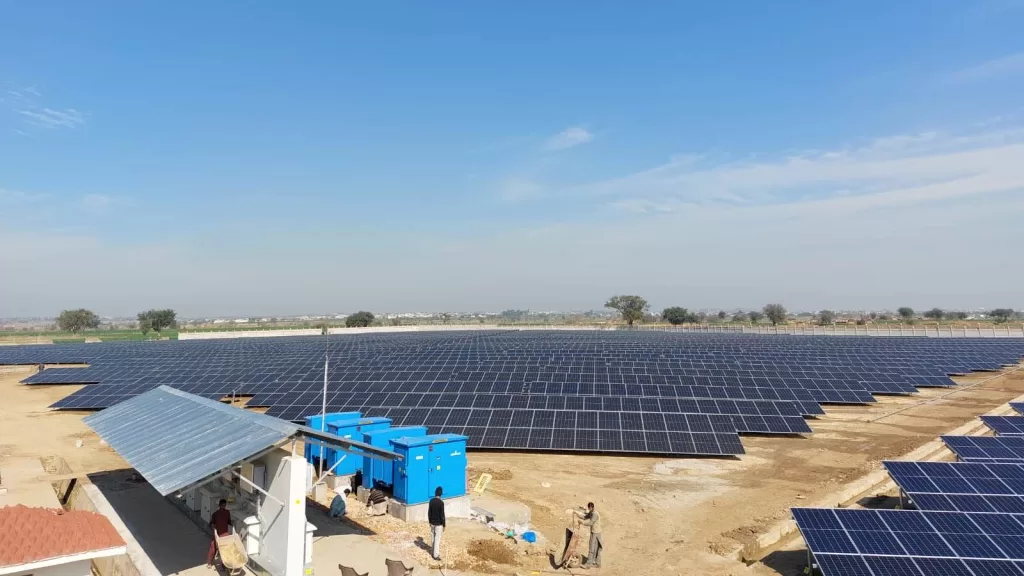
Transforming Agriculture, Powering Progress
In the rhythmic dance of energy conversion, agriculture stands as a maestro, turning sunlight into life-sustaining crops through photosynthesis. While ancient methods scattered seeds haphazardly, modern agriculture, like a well-composed symphony, strategically applies energy for optimal results.
Pakistan’s Crucible of Challenges: As a water and energy-scarce nation, Pakistan’s agricultural landscape faces a delicate balancing act. Yet, it remains the backbone of the economy, contributing 21% to GDP, engaging 43.7% of the workforce, and providing livelihoods for over 67% of the population.
Nurturing Growth, Bridging Gaps: Energy and water conservation plans aren’t just agricultural strategies; they’re direct pathways to poverty reduction and elevated living standards. FIDA champions this cause, recognizing the interconnectedness of sustainable agriculture, economic prosperity, and environmental well-being.
From Fossil Fuel Dependency to Green Innovation: In a global trend, Pakistan’s agriculture leans heavily on fossil fuel inputs. FIDA is at the forefront of change, promoting renewable energy solutions to break the shackles of dependency, ensuring a brighter and greener future for all.
Evolution of Productivity: FIDA traces the evolution of Pakistan’s agricultural productivity from the 1960s to today. We celebrate milestones, from the significant increase in the 1970s to the present challenges. Energy analyses guide our strategies, with a focus on sustainable practices and renewable energy adoption.
Sustainable Agriculture, Sustainable Future: FIDA’s mission aligns with the primary goals of sustainable agriculture – enhancing farm income, environmental stewardship, and fostering resilient farming communities. Our initiatives promote renewable energy accessibility, contributing to poverty alleviation and climate change mitigation.
Join FIDA’s Green Revolution: Explore our initiatives, delve into sustainable practices, and be a part of the movement for a thriving agricultural future. Together, let’s cultivate sustainability, empower communities, and sow the seeds of positive change.
Raised:
$0Goal:
$10,000.00Notice: Test mode is enabled. While in test mode no live donations are processed.



No Comments